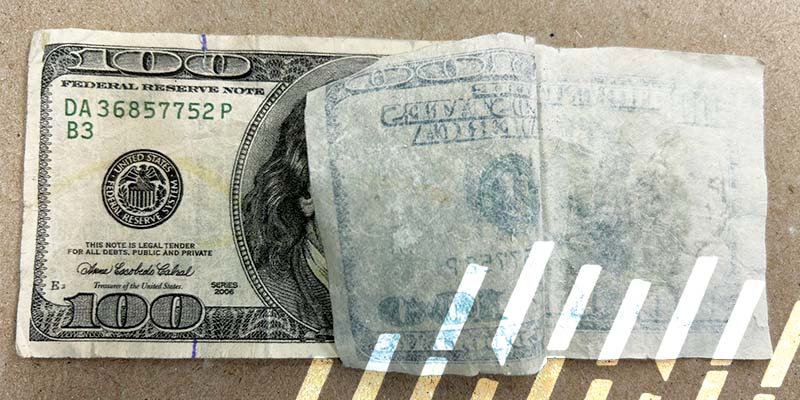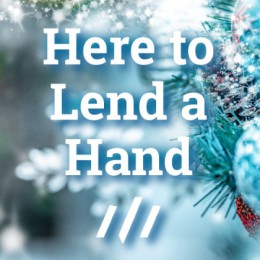Posted On: March 11, 2024 by Prevail Bank in: Banking / Money Management Fraud

Is it real or fake? How to identify counterfeit money.
According to the United States Department of Treasury, an estimated $70 million in counterfeit bills are in circulation. And it’s becoming more difficult to distinguish between real and fake every day. Everyone, not just the banks, should know how to identify fake money or counterfeit, because if you knowingly try to pay for goods or services with counterfeit bills, both the Federal government and local State governments can impose penalties, up to 20 years in jail on top of a hefty fine. According to a Wisconsin-based attorney, it is a growing problem and people need to be diligent about it.
Two central Wisconsin counties have acknowledged an uptick of complaints in late 2023 and early 2024 from businesses receiving counterfeit bills from various customers. Some of these incidents involved fake $5, $20, and $100 bills. Some of these bills did have disclaimers printed on them indicating they were not real and were for Motion Picture Use Only or similar verbiage. However, at least 4 of these involved fake $100 bills. These bills tried to duplicate the embedded security ribbon and the watermark of Ben Franklin by gluing together two thin/waxy sheets of paper.
How can you tell if money is fake?
It’s reassuring to know that all banks have a set of security measures in place to detect and confiscate fake money. But what about you? Do you know the differences between the real deal and the fake bills? Below are tips provided by a police chief in Wisconsin.
Check for color shifting ink.
Hold the bill up in the light and rotate it back and forth. Any authentic $5 bills or higher made after 1996 should shift from green to copper or copper to green, depending on how you are looking at it.
Check for raised printing.
Rub the tip of your fingernail across the bill, paying special attention to areas such as where the shoulder and face of an image meets the regular bill face. You should feel distinct ridges if the bill is authentic.
Look closely for blurry borders, printing, or text.
Look around the edges of the bill and at any small text. Authentic bills have extremely detailed micro-printing, meaning that even under a magnifying glass, the printing is crisp and the micro-text on the bill should be readable.
Look for red and blue threads in the bill.
Authentic bills have little red and blue threads woven randomly into the fabric of the bill. If you don’t see any, then the bill may be counterfeit.
Check the watermark.
Hold the bill up to the light and look for a watermark. Newer bills should have faces. Older bills may just have what looks like a faded spot. If there is no watermark or if the watermark “face” does not match the “face” on the bill, then it is probably counterfeit.
Check for the security thread.
Hold the bill under the light to make sure there is a security thread that runs from top to bottom of the bill, either on the right or left side of the image. The text should match the bill’s denomination. For extra security, put under a blacklight and make sure the strip glows the color appropriate to that denomination.
Check new $100’s for security ribbon.
This security feature is only on the new $100 bills. It is 3-D strip from top to bottom and should have bells on it that appear to shift from side-to-side as you tilt the bill back and forth.
The United States Secret Service is the Federal governmental body that investigates counterfeit. To help identify counterfeit bills, the Service has published a “Know Your Money” communication that visually identifies the uniqueness of every bill. It’s only three pages; check it out.
These two videos are good resources to help you identify what’s fake as well.
What to do if you think you received a counterfeit bill?
Jot down some notes on who gave you the bill.
Make a note of the overall description of who passed the bill to you and the circumstances of the exchange. If it was a personal one-on-one transaction (IE: social media marketplace, garage sale purchase) try to include vehicle information and what you remember regarding any companions that were with the individual.
Handle the bill as little as possible and put it in a marked envelope.
In some cases, there may be remnants of fingerprints or DNA that can help tie a bill to a certain counterfeiter. Handle it as little as possible.
Confirm it is fake.
Take the bill to a financial institution or your local police department for evaluation.





